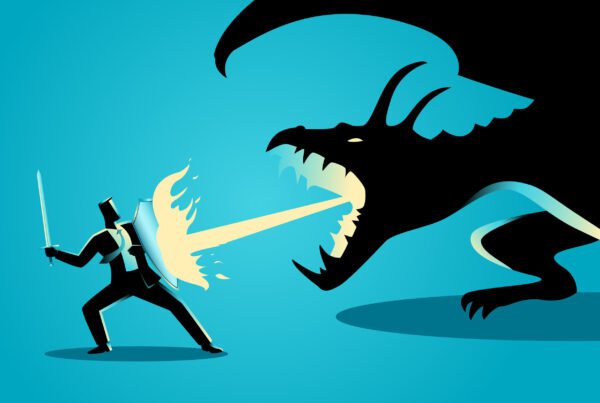STUNT MARKETING ISN’T NEW. We could all learn a marketing lesson from the Miss America pageant, which debuted back in the 1920s as a stunt to draw tourists to Atlantic City after the high season. In 1903, newspaper publisher Henri Desgrange launched a bicycle race as a stunt to promote his paper. He never imagined the Tour de France would be going strong more than 100 years later. As you can see, when stunt marketing works, the buzz and publicity can last for years. Can stunt marketing still work today? Consumer buying behaviors have fundamentally changed as a result of the exponential explosion of social media, so it’s no surprise that there’s more marketing messaging than ever competing for the attention of your customers online. Consumers now have little patience for searching out companies in the purposeful way they used to. Instead, they listen to their friends’ social media commentary about brands and products. The only way to break through this noise is to create a brand experience worthy of buzz: a truly memorable experience that motivates your target audience to like your brand, share their perspectives and tweet about you to their followers and friends. What better way to take a customer by surprise — creating a lasting, buzz-worthy memory — than through stunt marketing? Passersby on a busy street corner in the Netherlands were shocked to see a severed arm lying on the sidewalk. Upon closer scrutiny, they noticed the gory movie prop was holding a copy of Death Proof, a movie written and directed by Tennessee native Quentin Tarantino, who is known for creating edgy films. The buzz was global. This stunt could have just as easily been executed by a small business. That’s the beauty of guerrilla marketing. It allows small businesses to compete with much larger competitors because it relies more on creativity than cash. Stunt marketing can also be dangerous, since missteps can be very public and equally costly. Cartoon Network learned that lesson the hard way in 2007 while promoting Aqua Teen Hunger Force, a mature cartoon with a cult following that always aired late at night during the network’s Adult Swim programming line up. The Cartoon Network placed 40 battery-powered LED placards — that resembled Mooninite characters from the cartoon when lit — across the city of Boston, mostly in high-traffic areas. However, they didn’t plan for the “LiteBrite” devices to be discovered during daylight hours. While the niche of consumers targeted by this stunt marketing campaign eventually understood that they were looking at Mooninites once they saw the placards lit up, in our post-9/11 environment, the rest of the city was alarmed by mysterious electronic gadgets placed under bridges and around high-traffic areas. Bomb squads were called in. Major traffic corridors were completely shut down. The cost to the city, and ultimately to the network, was huge. While we should all learn from the Cartoon Network’s mistakes, by always vetting high-profile concepts with an objective audience, stunt marketing is still a powerful way to stretch a limited marketing budget. If you’re working with limited marketing resources, consider a stunt marketing campaign to stand out from the crowd of competitors, engage prospective customers and illustrate your brand’s unique personality.
Recent Posts
- Preach the Good Word of Disciplined Marketing Optimization
- The War Room Debate: How Top CEOs Drive Marketing ROI Through Strategic Alignment
- Why Your Marketing ROI Depends on Full-Journey Investment
- The Hidden Revenue Leak in Your Offer Strategy (And How to Fix It)
- How to Assess Your Need for External Expertise
Related Posts
 Marketing Strategy
Marketing Strategy
Preach the Good Word of Disciplined Marketing Optimization
Most marketing strategies, especially in the B2B space, have historically been set-and-forget. Once a strategy…
redroveragedevMarch 19, 2025
 LeadershipMarketing Strategy
LeadershipMarketing Strategy
The War Room Debate: How Top CEOs Drive Marketing ROI Through Strategic Alignment
This blog was originally published on LinkedIn. Most CEOs struggle with a common challenge: turning…
Lori Turner-WilsonFebruary 24, 2025
 Marketing Strategy
Marketing Strategy
Why Your Marketing ROI Depends on Full-Journey Investment
This blog was originally published on LinkedIn. In the quest for predictable growth and measurable…
Lori Turner-WilsonFebruary 17, 2025




